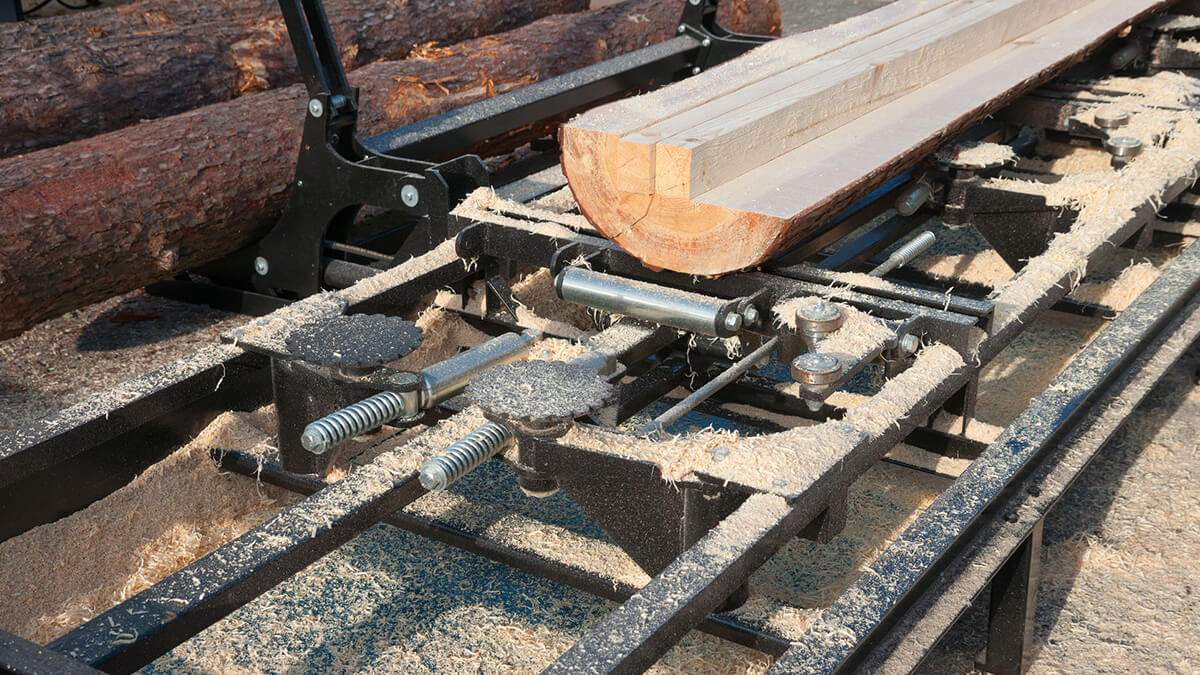Whether you're assembling a self-assembly bookshelf or working on an assembly line, the screwdriver is the go-to tool. Its simple yet effective design, consisting of a handle and a tough steel shaft, makes it indispensable for a myriad of tasks.
Understanding Screwdriver Tips
Screwdrivers are categorized by their tips, tailored to fit specific screw heads. The classic flathead, or "straight slot," screwdriver is suited for slotted screws.The Phillips screwdriver has a cross-shaped tip which provides enhanced torque and reduced slippage.
Slotted screwdrivers are versatile, and variations in the blade's profile offer specialized advantages. The keystone type, with a slightly flared profile before tapering off, provides added stiffness to the workface, capable of withstanding more torque by gripping deeper into the screw slot. On the other end of the spectrum, the cabinet variant presents blade sides that are straight and parallel, reaching the end of the blade at a right angle, a design frequently used by jeweler's screwdrivers. The cabinet screwdriver, with its thinner profile, is useful in hard-to-reach places.
The Rise of Philips and Pozidriv
The Philips screwdriver, with its innovative cross-shaped tip design, was invented in Portland, Oregon, in the 1930s by Henry Phillips. The cross-shaped tip of this improved version was designed to provide better torque and a way to hold the screwdriver tip in position while screwing.
Henry Phillips patented his innovation and offered his screw to the American Screw Company. It quickly swept through the American auto industry, marking a significant chapter in the post-Great Depression industrial revival. The Phillips screw rapidly ascended to global prominence, and remains the most popular screw type to this day.
But the story doesn't end there; there's a twist! The Pozidriv screwdriver, an enhanced version of the Philips, featuring additional ribs, offering even greater torque and better stability. The Pozidriv screwdriver has also been widely accepted by professionals and enthusiasts alike.
Handle With Care
Screwdriver handles, made of wood, metal, or plastic, are designed to ensure a comfortable grip, with hexagonal, square, or oval cross-sections preventing the tool from rolling off surfaces.
Handles come in an array of materials, including wood, metal, or plastic, with cross-sections that are hexagonal, square, or oval, all designed for user comfort, enhanced grip, and maximum control and torque. The incorporation of a hexagonal cross-section is a common practice, preventing the tool from rolling off surfaces when not in use. Some screwdrivers have a handle with a detachable tip, akin to drill bits, presenting a versatile set comprising one handle and several bits capable of driving an array of screw sizes and types.
Special Features and Innovations
Beyond conventional uses, screwdrivers have grown to incorporate an array of innovations. Some feature a short hexagonal section near the blade's top, allowing a spanner or open wrench to apply greater torque. The offset screwdriver introduces a handle set at right angles to the small blade, a configuration strategically designed to provide access to narrow spaces while delivering extra torque.
Ratcheting screwdrivers have a ratcheting mechanism whereby the screwdriver blade locks in the handle during clockwise rotation while tightening a screw but unlocks for counterclockwise rotation. It can also be set vice versa for loosening screws.
Some screwdriver tips are magnetic, so that the screw (unless non-magnetic) remains attached to the screwdriver. This is particularly useful for small screws, which are otherwise very difficult to handle and like to play hide-and-seek.
Pneumatic-powered screwdrivers, powered by compressed air, effortlessly drive screws with precision, speed, and reliability. In the era of automation, pneumatic-powered screwdrivers have become essential in manufacturing, ensuring precision and efficiency.
Material Matters
Screwdrivers come in various materials like high-quality carbon steel, stainless steel, and alloy steel. The crucial process of heat treatment involves subjecting the tip to high temperatures and then rapidly cooling it to increase hardness, creating a resilient outer layer resistant to wear and tear. Coatings such as black oxide or chrome plating add an extra layer of protection against corrosion, ensuring longevity.
Conclusion
From the classic straight slot to the innovative Phillips and Pozidriv, screwdrivers have evolved into indispensable tools for various applications. With ergonomic designs, material advancements, and innovations like ratcheting and pneumatic-powered options, the humble screwdriver continues to play a pivotal role in the world of tool manufacturing, proving that its turning point is still ongoing.






.png)







